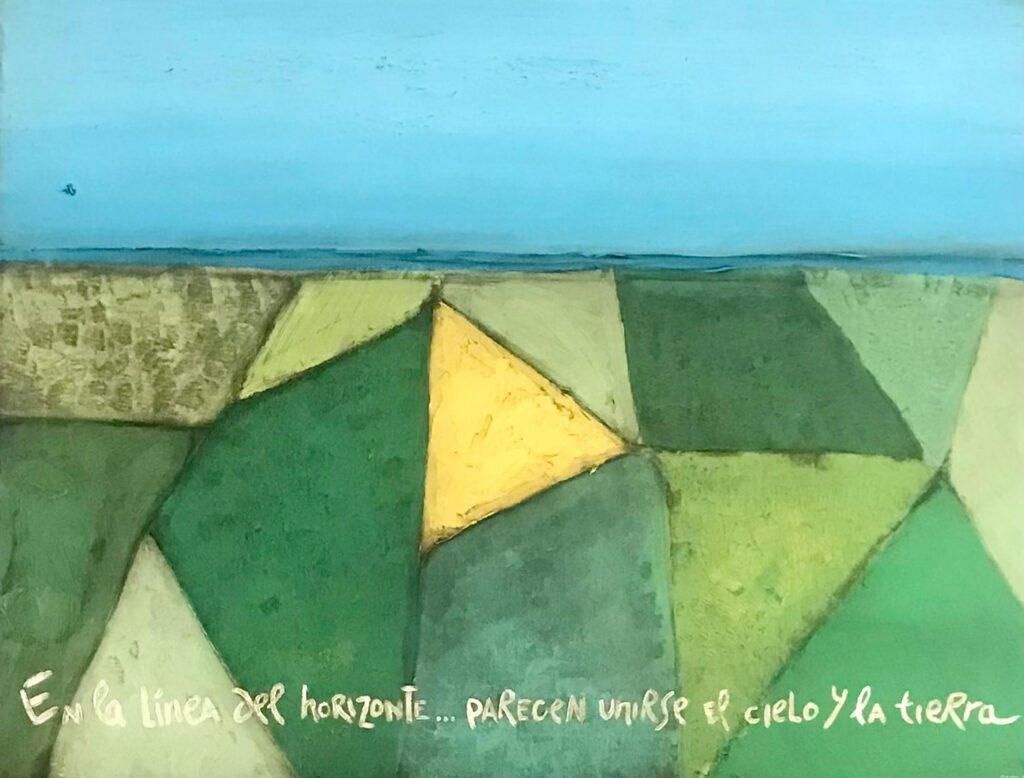The Personal Relationship with Christ: A Transformative Encounter
Chapter 2: Key to Authentic Christianity

In the first chapter of this three-episode miniseries, we talked about how Christianity is based on a personal relationship with Jesus Christ. This relationship is not simply a matter of morality, doctrine, or ideas, but something living and existential that transforms the lives of those who live it. It is comparable to the relationship that exists between parents and children or between friends. In this second chapter, we will delve deeper into the idea that Christianity begins with the encounter with Christ.
The Encounter with Christ in the Gospels
When we examine the Gospel, we see that the Lord, on his journey through Palestine, met with various people, calling the apostles, healing the sick, and confronting the Pharisees. These encounters changed lives, for better or worse. Being a Christian, then, is essentially this transforming encounter with Christ.
Sociological Christianity and Modernity
For many centuries, faith and public social organization, what we now call politics, were intertwined, giving rise to medieval Christianity. Although this had positive consequences, it also led to faith assuming political functions, which is not its natural purpose. Modernity, with its successive revolutions (French, proletarian, technological, sexual and relativist), has dismantled this state of affairs, recovering the original idea of Christianity as a personal relationship with Christ, rather than an institution imposed from above.
The Church and the New Saints
The Church has had its golden moment, as noted by an Orthodox religious man murdered by the KGB in 1990 in Moscow. According to him, the true splendor of the Church is yet to come, when the calendar of saints includes parliamentarians, athletes, housewives, and other actors in society who seek to become saints in their daily lives. This vision resonates with the words of Benedict XVI in his encyclical Deus Caritas Est: “Being a Christian does not begin with an ethical decision or a great idea, but with the encounter with a person who gives a new horizon to life.”
Catechesis as Mediation
In pedagogy, a distinction is made between teaching and formation. Teaching is the transmission of knowledge, while formation shapes the virtues of the person. However, faith goes beyond both concepts. Catechesis seeks to facilitate a personal encounter with Christ. The catechist acts as a mediator, uniting in his heart the love of Christ and the love of the student. This mediation is essential for the encounter with Christ to take place.
Triple Dimension of Pedagogy
We can make a tripartite distinction in pedagogy: teaching, formation and mediation. These correspond to the transcendentals of truth, goodness and beauty. They are also reflected in the triple faculty of intelligence, morality and the heart. Teaching takes place in the classroom, virtues are transmitted in tutoring, and the encounter with Christ is lived in daily life.
In summary, if in the first chapter we affirmed that Christianity is a personal encounter with Christ, in this second chapter we add that this relationship begins with the encounter. The pedagogue, whether parent, catechist or teacher, acts as a mediator, facilitating this encounter by uniting in his heart the love for Christ and the student. In this way, he becomes fertile ground where the transforming encounter with Christ can take place.
Episode 1: Keys to the encounter with faith in the educational community
Related

Emilio Girón: Stubbornness and Tinto de Verano
Exaudi Staff
30 March, 2025
5 min

Overcoming Emotional Dependence: A Guide with Psychologist Mónica Caballero
Proyecto Ánima
28 March, 2025
2 min

Addictions and Sexuality
José Miguel Ponce
28 March, 2025
2 min

The Chosen: A Series That Wins Hearts in Its Own Language
Mar Dorrio
27 March, 2025
4 min
 (EN)
(EN)
 (ES)
(ES)
 (IT)
(IT)

